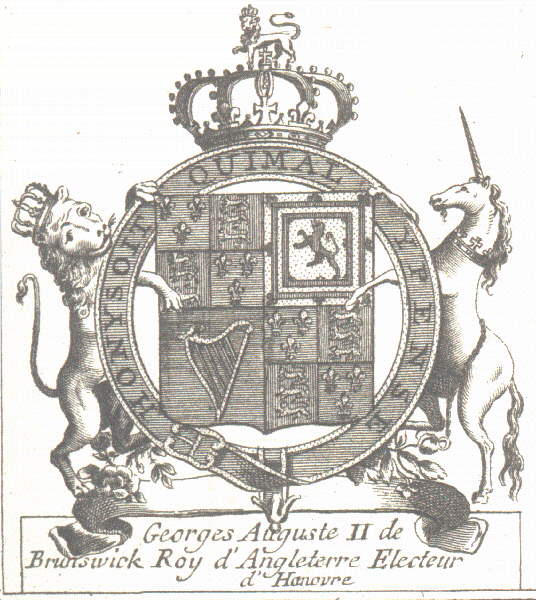Tuesday, May 20, 2008
Social Evolution of the UK over Modern European History
During the late middle ages in Britain many things were taking place. Marriages were being arranged and the church played a dominant role in life. Disease was also quite prevalent within British society. There were affected with the Black plague as many other countries suffered from the disease as well. People were not familiar with the human anatomy and, thus had no knowledge of what was taking place with their own body. Feudalism was also present within Britain during the late middle ages. During the 16th and 17th centuries Britain began to undergo some changes. The population began to grow tremendously towards the middle of the 17th century. Romance was coming into play and became a factor in relationships, however marriages were mostly based on economics. Education in Britain became available, but only for the upper class. The lower classes were not given the same opportunities as the upper class. Additionally, the Catholic church had some competition. During these centuries the Protestant reformation occurred led by Martin Luther. The Catholic religion then reacted with the Catholic Counter reformation and other religious wars. Furthermore, the cities were growing faster than the rural areas. The countryside consisted of peasants, landlords, landless laborers, while the urban life was compiled of merchants, artisans, laborers, clergy, lawyers, and teachers. Within the countryside farming techniques such as enclosure and the putting out system were present. During the 18th century, Protestant women in Britain were still looked at to manage the home, while Catholic women were able to find work within the church. However, Protestantism began to give an education to all boys and girls instead of only limiting schooling to the upper class. The rural areas began to increase, as well as the growth of the cities and the urban life. Slavery was also still present in Britain as it was in the previous centuries as well. In the 19th century, Britain officially ended slavery in 1833. In 1850, most men in Britain worked in factories, while women were still at home. By the late 19th century, women of poor families were able to get out of the house and find work in factories. The middle class women began to organize and fight for their rights. Education in Britain began to expand and emphasize thoroughly on the middle and lower classes. In addition, the standard way of living in Britain began to increase as well as the wages for workers. Society within Britain began to diversify greatly. The lower class made 80% of society within Britain. They were craftsman, domestic servants, day laborers, and foremen. The upper middle class were found to be working in the banking and commerce industries. While the lower middle class were shopkeepers and small traders. Britain underwent many changes from the late middle ages up until this very day, their history is rich and filled with lots of information.
Subscribe to:
Post Comments (Atom)

No comments:
Post a Comment